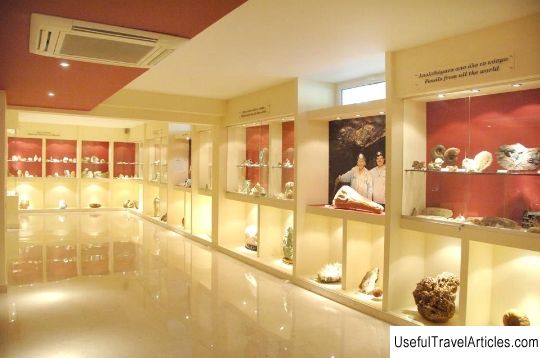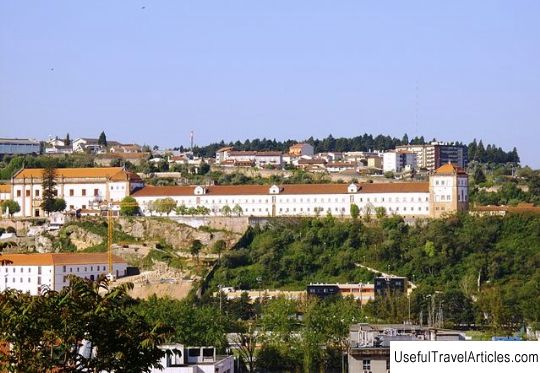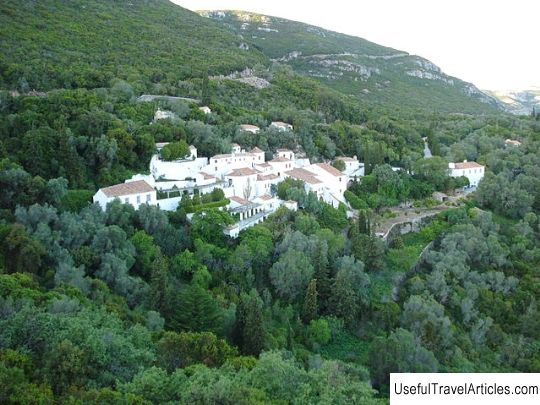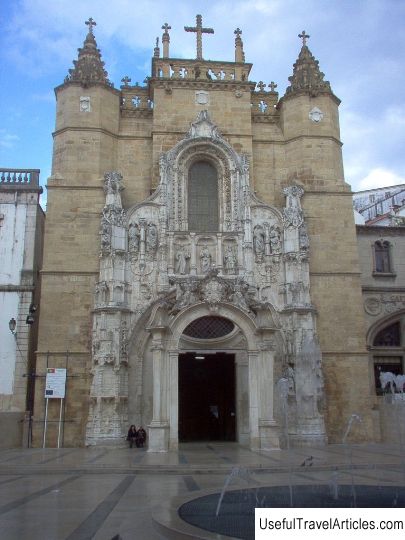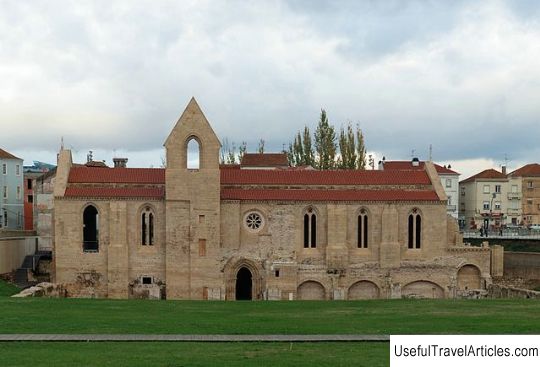Monastery of Jesus and Museum of St. Joana (Mosteiro de Jesus ou Museu de Santa Joana) description and photos - Portugal: Aveiro
Rating: 8,4/10 (9473 votes) 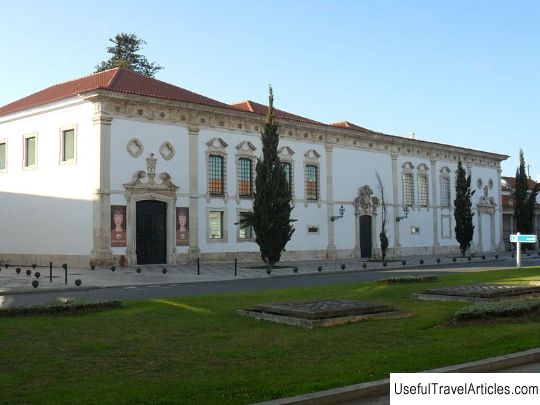
Monastery of Jesus and the Museum of Saint Joana (Mosteiro de Jesus ou Museu de Santa Joana) description and photos - Portugal: Aveiro. Detailed information about the attraction. Description, photographs and a map showing the nearest significant objects. The title in English is Mosteiro de Jesus ou Museu de Santa Joana. Photo and descriptionThe Aveiro Museum was founded in 1911 and is located in the old building of the former Dominican monastery of Jesus. The monastery was built in 1458. The facade of the building that we see today dates back to the 18th century. The building has three entrances with beautiful pediments, and the central pediment of the building is decorated with the royal coat of arms. Near the entrance there is a monument to Saint John (Ioann). The atrium of the former monastery is now used as a museum lobby. The chapter house, where the meetings were held, and the church, which dates from the 15th century, with Renaissance columns, as well as several Manueline chapels decorated with azulesos tiles, have survived. The interior of the main chapel of the church is decorated with woodwork with gilding of the 16th century. The walls are decorated with tiles "azulesos", which depict scenes from the life of Saint Joana, there are also paintings depicting this saint. In the lower chapel, where the liturgy was served, there is a tomb in which the remains of Princess Joana, daughter of King Afonso V. They began to build the tomb by order of King Pedro II, but the ashes of the princess were transferred there only in 1711. The tomb is decorated with multicolored mosaics made of Italian marble. Each side of the tomb is decorated with a panel depicting scenes from the life of the princess, the ceiling of the chapel is made in the Baroque style. The tomb was designed by the royal architect Manuel Antunes. Princess Joana took monastic vows in 1472. and lived in this monastery until her death in 1489. She was famous for her virtue, and, according to legend, some miracles were associated with her. In 1673 she was canonized as Saint Giovanni. The museum keeps a rich collection of paintings, sculptures, tiles, furniture, ceramics from the Baroque era.        We also recommend reading Horton Plains description and photos - Sri Lanka: Nuwara Eliya Topic: Monastery of Jesus and Museum of St. Joana (Mosteiro de Jesus ou Museu de Santa Joana) description and photos - Portugal: Aveiro. |
